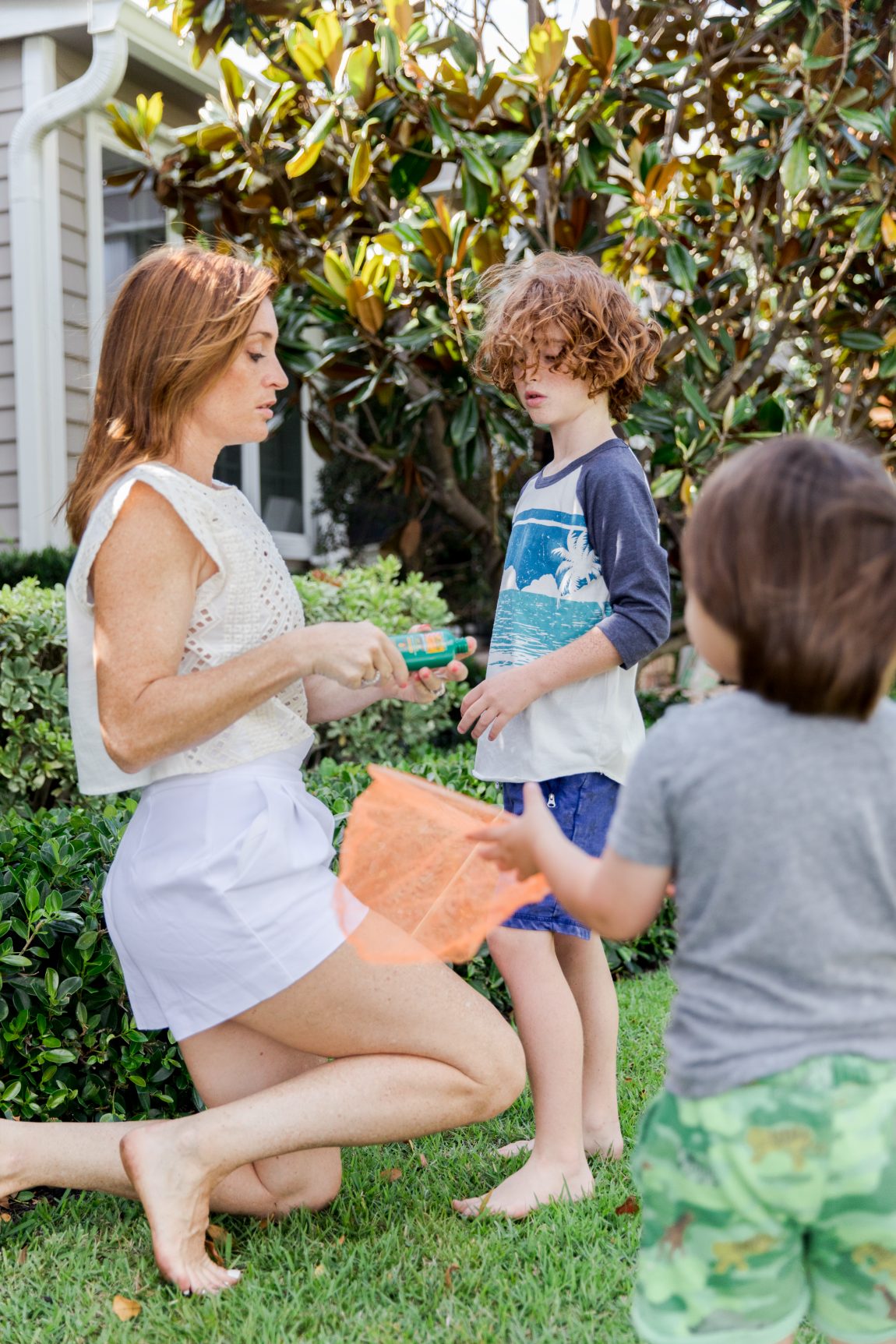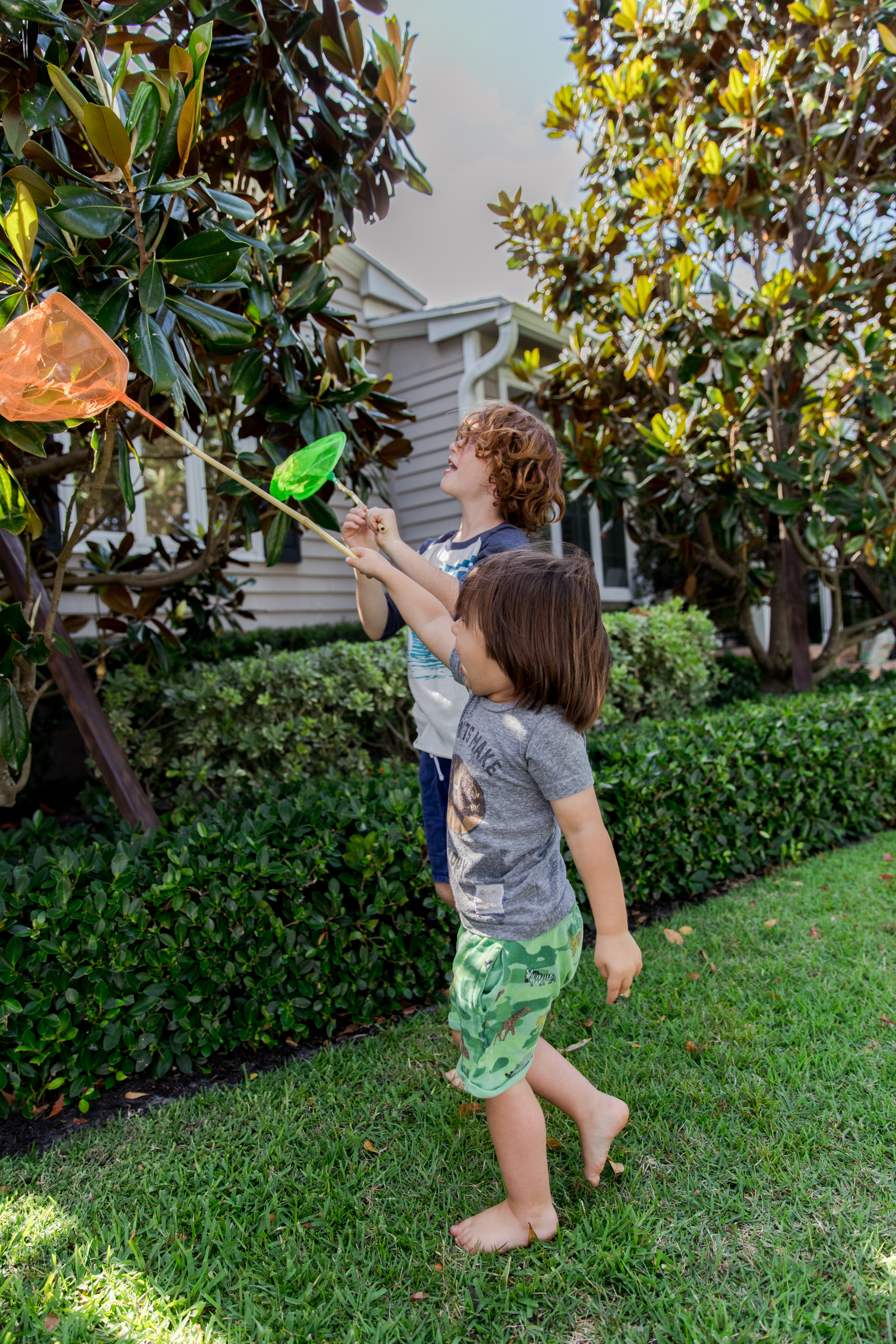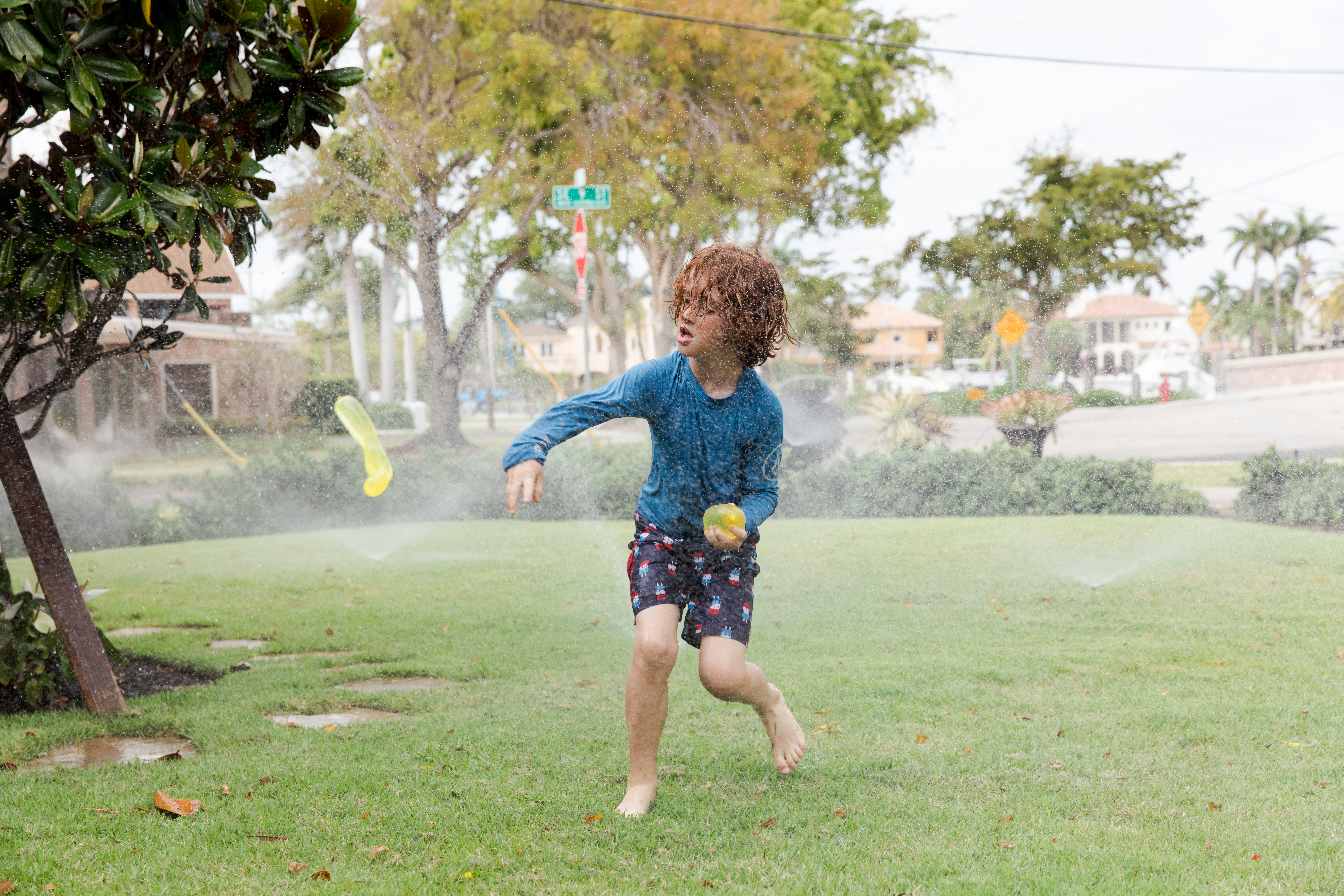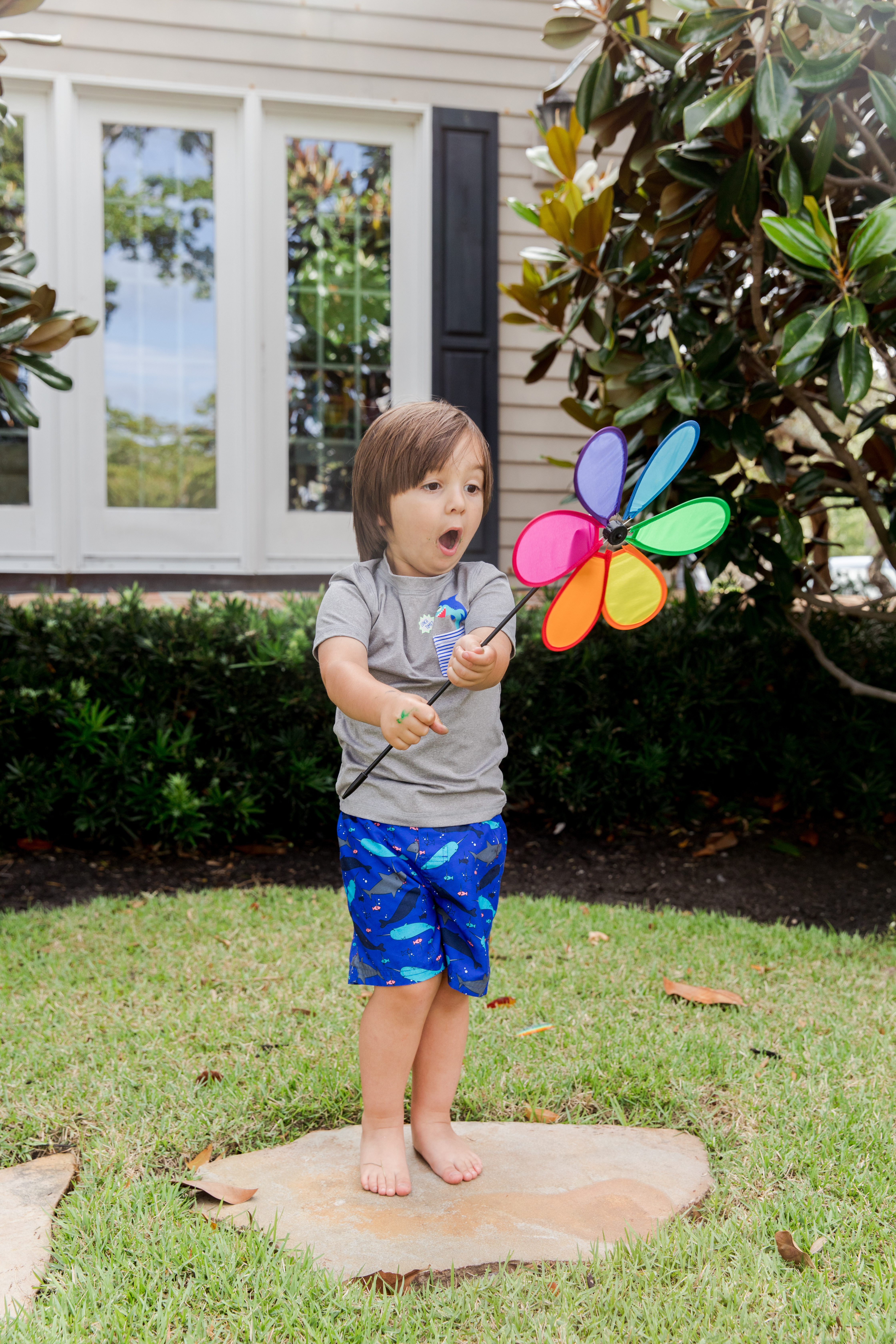
Top Summer Injuries and Fast First Aid Tips To Treat Them!
As parents, we are constantly on a quest to find fun experiences and great adventures for our children. We want our kids to be enjoying the outdoors and far away from the television, iPads, and computers, especially during the summer. Whether a trip to the water park, a fun hike, or a picnic at the park, it takes a lot of planning. Our children are blissfully unaware of the hours of preparation it takes to create these magical outings. The snack bags, change of clothes, sunblock, hydration, bikes, toys, the list goes on and on. We go through all the potential accidents, breakdowns, and tantrums that can occur, and make sure we are prepared.
In the chaos of packing up, a lot of times the first aid kit ends up slipping through the cracks. However, a bee sting or an allergic reaction to a mosquito bite is the quickest way to ruin our perfectly planned day. A first aid kit is something super easy to make yourself and keep in the car. So, I have teamed up with one of Forever Freckled’s favorite brand partners KnowYourOTCs to make sure your kids are outdoor ready.
Prevention is the Key
The best way to prevent a raincheck for your great adventure, is to prepare ahead of time. Make sure you child is properly protected against the sun and bugs. Bugs bites are not only a nuisance but in rare instances can lead to severe allergic reaction, and skin infections. The U.S. Centers for Disease Control and Prevention (CDC) reported illnesses from mosquitoes, ticks and fleas have tripled in the U.S. since 2004. Here are some great summer bug tips for parents to prevent the dreaded bug bites.
- Don’t use bug repellent on young infants
- Only apply to healthy skin and on outside of clothes
- Apply bug spray 15-20 minutes before going outdoors
- Make sure to apply sunblock and bug spray, and also wear protective clothes
- Avoid using fragrant sprays and shampoos as they can attract bugs

Bug Bites
Sometimes no matter how well we protect our children against bug bites, it still happens. Most bug bites will cause local redness, itching, and discomfort. An over-the-counter cream or antihistamine is usually all you need to alleviate the symptoms! Knowyourotcs.org is an incredible resource for all over-the-counter medications. However, if your child is experience, difficulty breathing or facial swelling, it is important to have them evaluated immediately. If your child has a known allergy to bug bites, it is imperative that you travel with their epi-pen. Here are some great tips to use if you are in the middle of your adventure and your child gets a bug bite.
- Consider OTC allergy medicines (aka diphenhydramine)
- Use an emory board to soften your child’s nails so that when they scratch in their sleep, they are less likely to break the skin
- Cover up bites that drive kids crazy with band-aids or clothing as a cue for them not to scratch (the cycle of scratching and itching can go on and on — avoiding the scratch helps them calm down)

Scrapes and Bruises
Great adventures don’t come without war wounds! With outdoor fun, there is always a chance of a skinned knee or minor cuts. Although most of the time our little ones just need a quick kiss and reassurance, it is important to have the right tools to clean out the wound and protect it against infection.
- Make sure to clean out the cut with fresh water, removing any gravel or dirt that may be there
- Apply an OTC antibiotic cream to prevent infection
- Try to protect the cut with a band-aid, especially if you are going to spend the rest of the day outside

Splinters and Foreign Bodies
Splinters and foreign bodies can cause a lot of anxiety for children, and parents too. If your child has a splinter that appears to be relatively easy to get out, make sure to wash the area with soap and water and remove the splinter using a tweezer. Be sure to clean the tweezers with an alcohol swab before using them. After the splinter is out, apply OTC antibiotic cream and protect with a band-aid. If your child has stepped on a piece of glass or has a foreign body that is more complicated (ie. a fish hook), it is best to have a pediatrician remove it and wash the wound appropriately. With any foreign bodies, it is important to make sure your child is up to date with the tetanus shot.

Sprains
Sprains can actually be very painful and difficult to treat while you are outdoors. If your child is suffering from extreme pain and swelling, it is best to have him or her evaluated by a doctor promptly. If it appears like a minor sprain, support the sprain with an ace bandage and if your child is an appropriate age, give them an OTC pain reducer. With sprains, I prefer NSAIDS because they help combat inflammation while treating the pain. We use the mnemonic R.I.C.E. in medicine to help others remember the common treatments for injuries and sprains:
Rest
ICE
CONTROL OF PAIN
ELEVATION
Having a first aid kit in your stroller or car, can save you a frantic car ride to the urgent care or local drug store. Most of the things you need can actually be purchased at the dollar store. I absolutely love this video created by KNowYourOTCs on a DIY first aid kit. I hope this helps keep your kids exploring and smiling this summer!
I’m proud to take part as a blogging ambassador with the CHPA (Consumer Healthcare Products Association) Educational Foundation and KnowYourOTCs.org. This is a sponsored post! While I have received compensation from the CHPA Educational Foundation, all opinions are my own.



